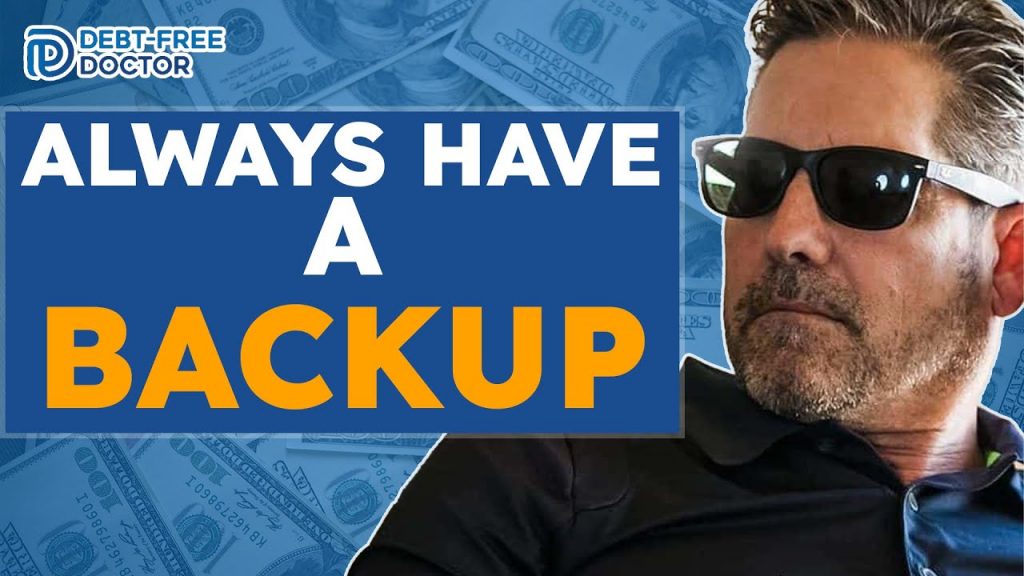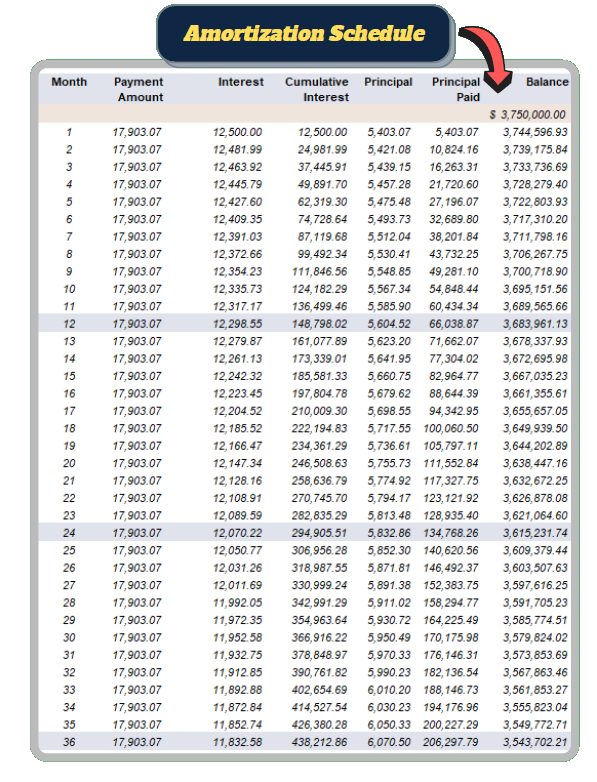I’ve had several calls lately with Passive Income Circle members that are fed up with the stock market volatility. This “wake up” call has started them down the road to develop multiple strategies in an attempt to preserve their wealth.
Many are looking into the best way to invest in real estate but don’t know where to start.
I remember when a wrist injury in 2014 was my “wake up” call that exposed the fact that if I couldn’t practice dentistry, then zero money was coming in.
I frantically starting researching what to do and noticed two things:
- Millionaires have additional income (3-7 income streams)
- Over 90% of millionaires have real estate investments in their portfolio
During that time, I had only one income stream from my dental practice with no real estate except our primary home. After researching multiple investment opportunities, it seems that multifamily investing was the way to go.
I thought I had to start by purchasing single-family homes but it was Grant Cardone that steered me in the right direction.
Let me explain…
Don’t Miss Any Updates. Each week I’ll send you advice on how to reach financial independence with passive income from real estate.
Sign up for my newsletterGrant Cardone – The 10x Rule Dude
Grant Cardone became popular with his 10x Rule. This strategy guides you to set targets that are 10x what you think you want and then do 10x what you think will take to accomplish those targets.
This allowed Cardone to develop a real estate investment portfolio worth several billion dollars. But the problem he initially faced was poor economies of scale as his first investment was a single family home in Houston, TX. He quickly realized he’d have to acquire hundreds if not thousands of single-family properties in order to make REAL money.
This realization caused him shift gears and develop a multifamily investment strategy.
In case you missed my interview with Cardone, I’ve posted here:
Multifamily Investments vs Single-Family Investing
I’ve got several friends that own rental properties and initially thought that I had to operate like them which involved:
- finding single family homes
- rehabbing them
- rent them out
- keep them leased
- collect rent payments
- manage them
As you can see, doing this is EXTREMELY time consuming, requires way too much work and scaling is next to impossible (especially working full time as a periodontist).
Don’t forget about the risks involved such as:
#1. Each home requires you to spend time finding a new deal, performing due diligence, getting the loan all while the equity builds very slowly.
#2. Most of the time you’ll have to self-manage due to extremely thin margins. This means that tenants will be calling you at all hours of the night. (no thanks)
#3. You’re screwed if a tenant moves out and you can’t get it rented.
Cardone now teaches that the more units you acquire (multi-family properties), the more protection it gives you. Speaking of multifamily housing, let’s define what exactly this type of property entails.
What Is a Multifamily Property?
Multifamily property are residential properties that contains more than one housing unit each with its own kitchen and bathroom. Larger multifamily properties (5 units and up), are considered commercial real estate.
These typically qualify for a different type of financing, which is usually more expensive than properties that are considered strictly residential.
Here’s a few examples:
Duplex
A duplex has two units in the same building. These always share a common wall, but the floor plan can vary such as being arranged side by side or stacked on top of one another, each occupying an entire floor or two of the building.
Townhome
Townhomes typically hold two families that share one building which are separated by one to two walls. Each family purchases their unit separately which contains their own entrance.
Apartment building
An apartment complex is a single structure with at least five or more separate units.
Condominium
A condominium or condo is a residential complex in which there are separate units each unit being owned by an individual. When someone rents a condo, they’re renting directly from the condominium owner.
3 Reasons Why Multifamily Investing May Be Right For You
As stated earlier, over 90% of millionaires hold real estate in their portfolio. Many of these properties are within the multifamily class given their ability to generate predictable net operating income along with being able to accrue added appreciation in value over time.
If you’re not quite sure if this strategy is right for you, here’s 3 reasons that may offer helpful food for thought as you begin weighing your options.
#1. Diversify your portfolio
If you’re like me, wanting extra income streams to free up your time, then diversifying into real estate maybe worth considering.
And don’t forget about the stock market volatility. This was another reason that I’ve chosen to focus on rental properties to fund my retirement.
Having a diversified portfolio acts as a hedge against future uncertainty and risk. But another question you’re going to have to answer is whether or not you want to become an active or passive investor.
Related article: Active vs Passive Real Estate Investing – 5 Factors To Consider
In other words, if you want to be directly involved (finding deals, getting financing, managing tenants) then active investing is for you.
However, if you realize that you’re BIGGEST wealth building tool is your INCOME, then stay focused on your career and passively invest in syndications as we do.
#2. Passive income streams
As I mentioned earlier, a snow skiing injury caused me to think about “how” I was making money. With only one income stream paying the bills; I knew something had to change.
One thing I had to consider was my investing strategy. With two kids at home, I couldn’t afford to put my money into something with high risk.
Look, I understand that money can be lost with any investment but there are things you can do to help mitigate risk.
Remember what the greatest investor of all time once said?
“The first rule of an investment is don’t lose money. And the second rule of an investment is don’t forget the first rule.” – Warren Buffet
Investing in only a handful of rentals is risky especially if tenants move out and you can’t find anyone else to rent to. Also, it’s going to take a long time to scale which is why I started looking into a multifamily investment strategy in the first place.
During the hold syndication’s hold period (average 5-7 years), you’re able to obtain cash flow in the form of distributions.
It’s these extra income streams that will eventually lead to time freedom.
#3. The timing is right
The best time to do something is yesterday. The second best time is today. If you plan on relying on your 401k to retirement when you want and how you want then there’s a good chance that’s not going to happen.
How many people retired multimillionaires from their 401k in their 30’s or 40’s? None that I personally know of.
But the number of real estate investors that can retire early is substantial.
The Bottom Line
Similar to investing in the stock market, becoming a real estate investor gives you options to becoming successful via multiple different strategies.
One of the most popular ways to invest in real estate is with single-family properties. On the other hand, you have a much better chance of scaling quicker investing in apartment complexes that have several tenants covering the expenses.
If you’re busy like me, don’t want to deal with tenants yet, are seeking extra monthly income along with tremendous tax benefits then focusing on a passive multifamily investment strategy might be the best play.
If you’re an accredited investor and want access to deals that I invest in, join the Passive Investors Circle today.




